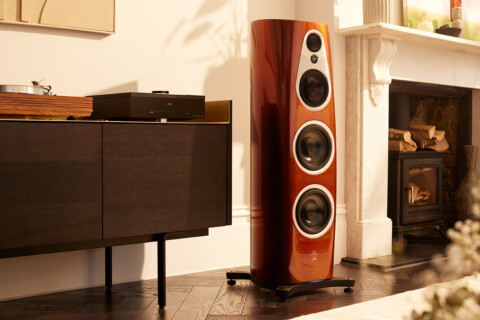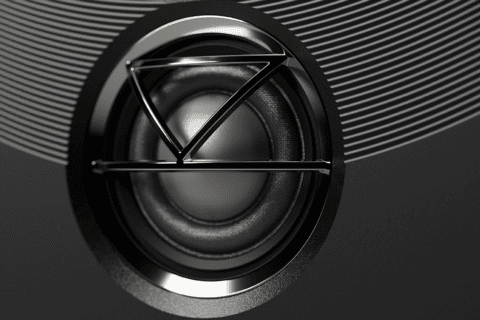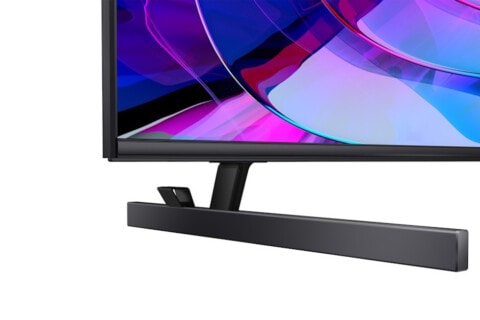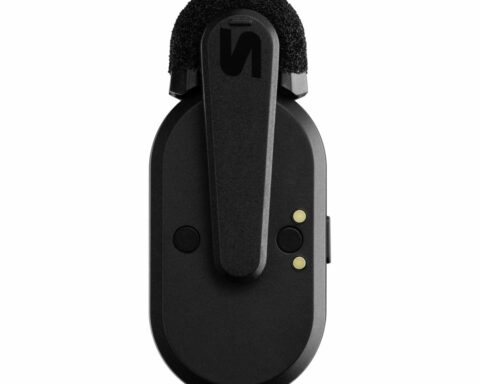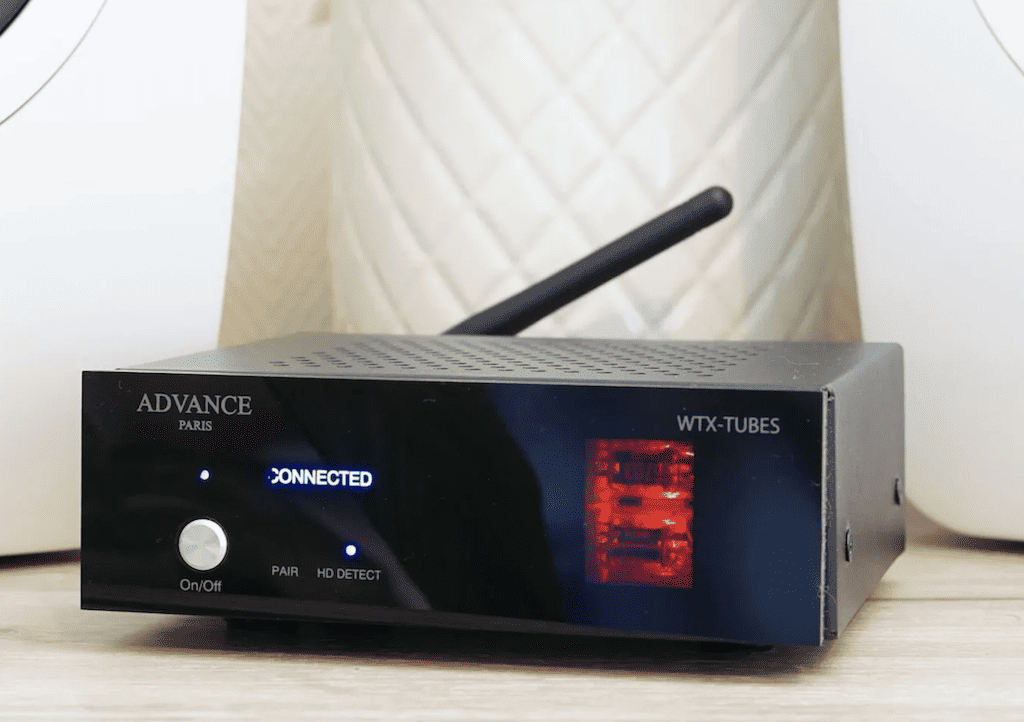Technics Ottava SC-30 Review
Summary
Technics Ottava SC-30 Review
PAT PILCHER reviews a sophisticated wireless loudspeaker designed for those who demand better sonics from their digital music collection.
$1199
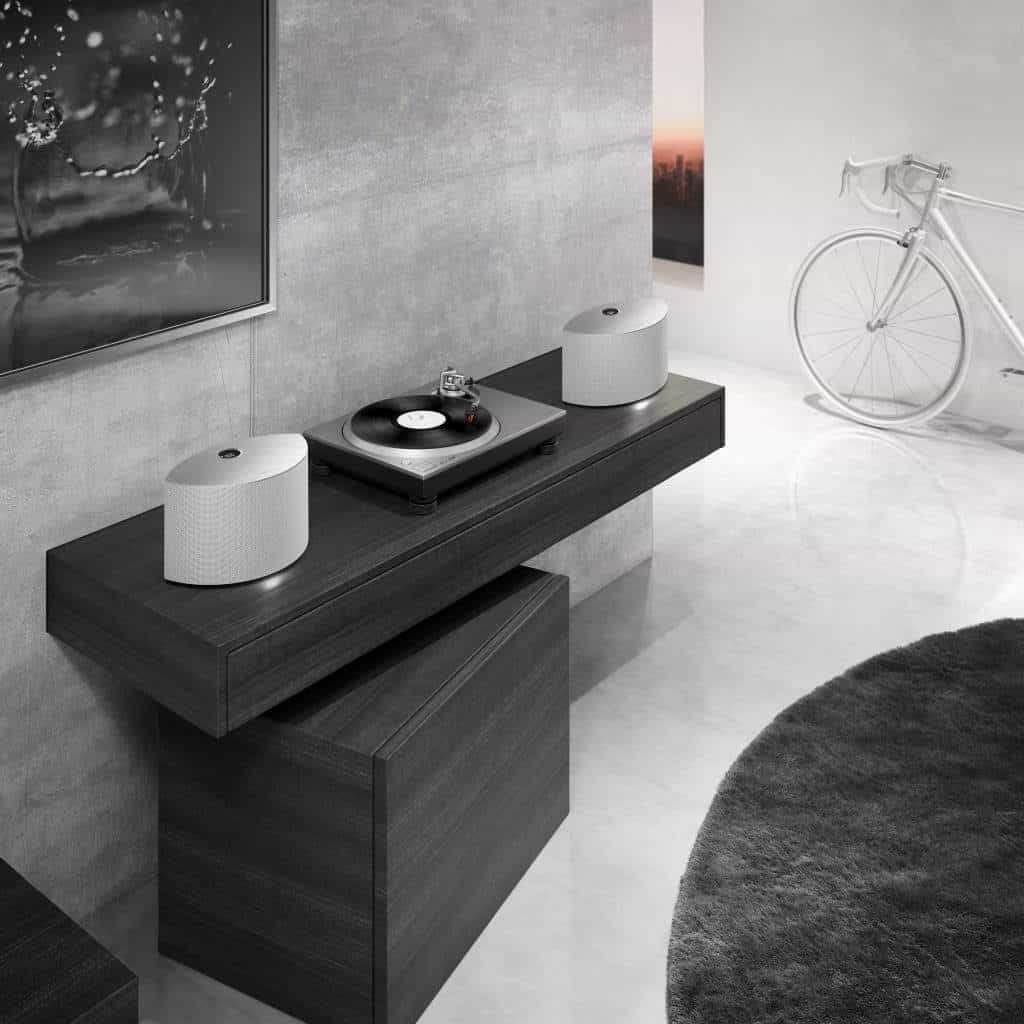
Technics has a long and storied history in New Zealand. From high-end through to affordable audio components, most Kiwis are familiar with Technics gear. So, when Panasonic asked if we wanted to review the Technics Ottava wireless speakers, we jumped at the chance.
While Technics has received the most praise for its turntables – especially the DJ-orientated direct-drive SL1200 – the brand is also well known for its component and hi-fi gear. Nowadays, Technics appears to be focussing on the premium end of the wireless speaker market with the Ottava SC-30 speakers and its big sisters, the SC-50 and the SC-70 (check out our reviews of those on Witchdoctor).
Would you like to support our mission to bring intelligence, insight and great writing to entertainment journalism? Help to pay for the coffee that keeps our brains working and fingers typing just for you. Witchdoctor, entertainment for grownups. Your one-off (or monthly) $5 or $10 donation will support Witchdoctor.co.nz. and help us keep producing quality content. It’s really easy to donate, just click the ‘Become a supporter’ button below.
Unlike most other wireless speakers, the Ottava isn’t a mono speaker aimed solely at casual listening. A quick channel test showed two distinct channels emanating from the one Ottava. Accordingly, the folks at Panasonic NZ were kind enough to loan Witchdoctor two Ottava’s! This handily meant we could pair them and place them apart for a wide stereo sound field. In terms of their drivers, each Ottava has stereo mids and tweeters, plus a mono woofer.
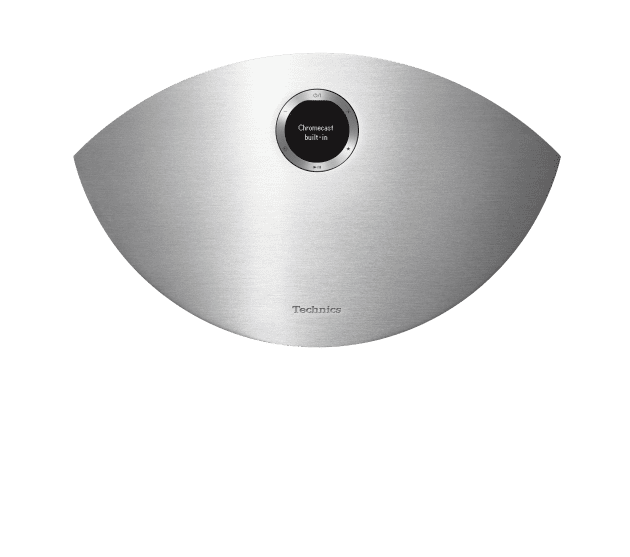
Design-wise, the SC-30’s look and feel very upmarket. The engineers at Technics have combined two separate cabinets. One is a sealed enclosure that houses the 16mm tweeters and 65mm midrange drivers. The other is a separate bass-reflex enclosure for the 12cm bass woofer. The curved front fascia also helps disperse audio to form a surprisingly good stereo image from just one speaker.
Helping with the premium build quality is an alloy upper, a fabric front (which can be had in black or white) and a ribbed rear (for your enjoyment and, of course, component cooling). Housed on the alloy top panel is a small circular OLED display surrounded by control buttons. The overall look is eye-catching but also understated in a very pleasing way.
Swinging the Ottava around reveals that it’s not lacking when it comes to inputs. You get a SPDIF optical input, a USB slot (for connecting USB drives containing music), a 3.5mm auxiliary input jack and an ethernet port. Last but by no means least, there is also a button that allows you to choose three levels of brightness for the top-mounted OLED display. As handy as this is, it didn’t dim the light shining underneath the SC-30, which would have been useful.
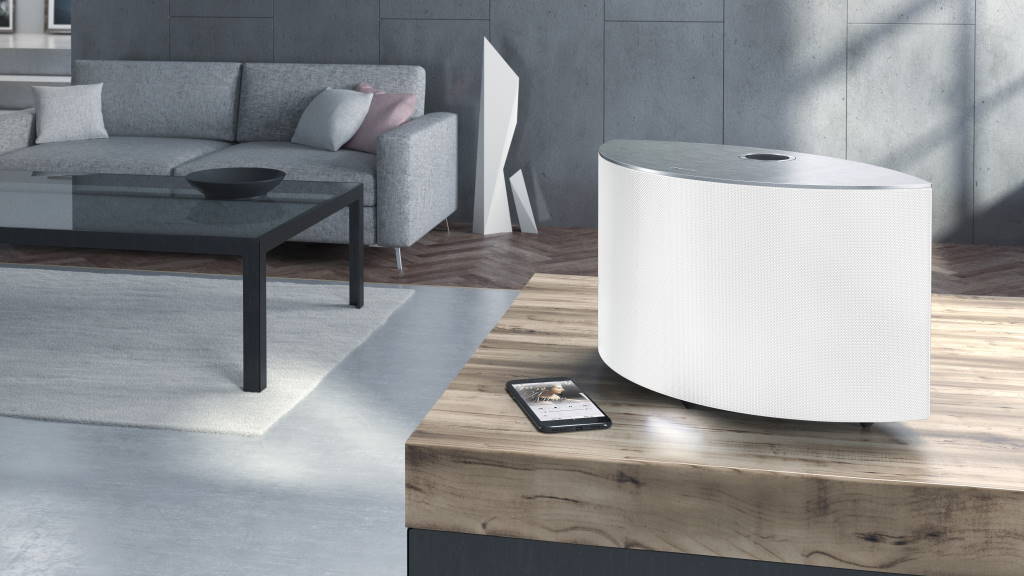
In addition to a wired Ethernet port, the SC-30 can also connect to your Wi-Fi network. This handily allows it to stream audio via DLNA from a networked PC or networked hard-drive or make use of Spotify or Tidal. It also supports Apple’s Airplay and Chromecast. The optical input also proved handy for connecting to my TV. Doing so saw the Ottava’s doing an excellent job of beefing up movies compared to the abysmal sound from my telly. This is nothing to sneeze at, as many powered portable speakers struggle to deliver clear movie dialogue as well as music. The Ottava was a deft hand at both.
While there’s no remote included, that’s not a biggie as you’ll end up using your smartphone to stream audio. This works fine until your smartphone rings. It took me several calls to figure it out, but the top-mounted control buttons worked fine when this happened.
The Technics Audio Centre app is used for getting setup, as well as controlling audio playback. Another nice touch is that the SC-30 works as a Spotify Connect speaker, which I think is a better option than Airplay or Chromecast as audio streams directly from the internet. The Audio Centre app provides DLNA access to networked audio files, which allowed me to stream hi-res FLAC files from my NAS drive with no issues.
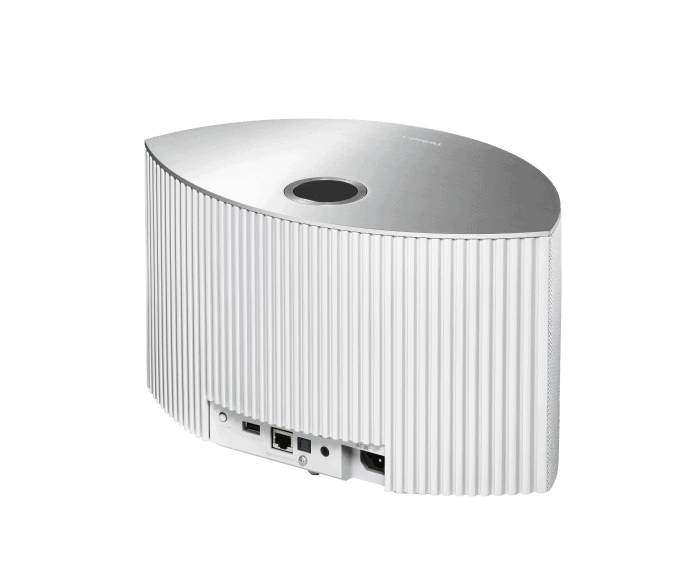
While the Audio Centre app is functional, it could do with some interface tweaks and a little debugging. I found audio sometimes played over my phone’s speaker instead of the Ottava.
On the audio front, I was impressed. While the SC-30’s amplification isn’t huge (it uses a Class-D amp that delivers 15W per channel and 30W through the woofer), the sound is clean and crisp thanks to some clever digital audio processing. This consists of what Technics’ calls the JENO engine (for ‘jitter reduction and noise-shaping optimisation’). Further helping things along in the audio processing department is LAPC (which stands for Load Adaptive Phase Calibration). This measures the amp’s frequency amplitude-phase characteristics in real-time. It then applies digital signal processing magic to shape the ideal impulse response tailored to the driver’s characteristics.
The audio cranked out by the Ottava SC-30 felt clean, transparent, and tight. Being a device aimed at digital audio, there was no harshness. Its output was both warm and engaging. Pairing two SC-30’s lent an airy and spacious dimension to sound that proved as deft at cinematic audio as it was at music. Unlike many speakers of a similar size/power, its bass was not too upfront or dominating. Instead, it was tight and tuneful, adding a welcome layer of depth and warmth to the SC-30’s sonics. This is not too shabby when you consider that the SC-30 is just 31cm wide and 19cm high.
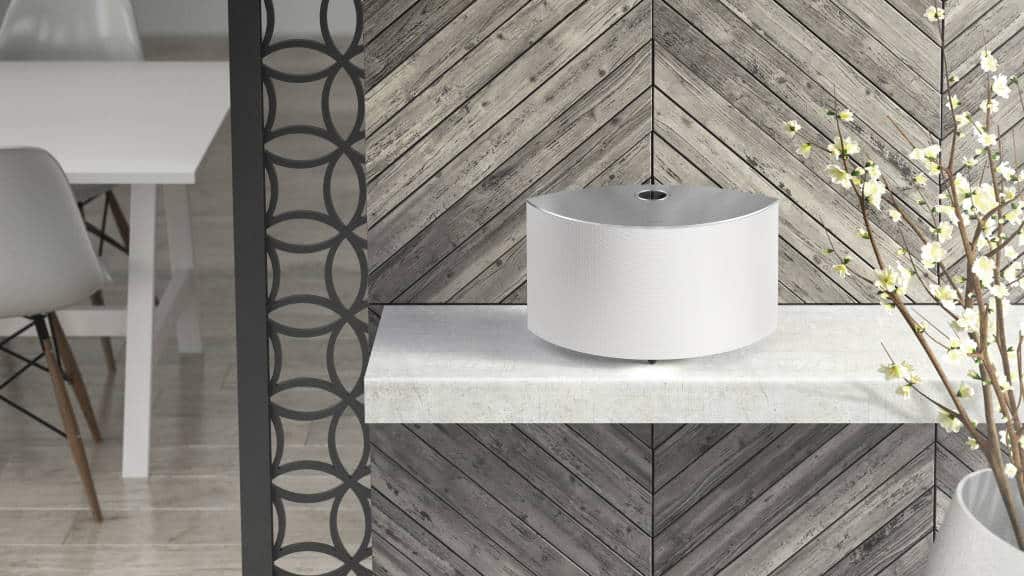
One feature I found particularly handy was what Technics called ‘Space Tune calibration’. An integrated microphone on the SC-30 can calibrate audio based on their position in the room, and is activated by holding down the pause button, which fires up a series of test tones. Combined with options for freestanding, corner, and wall placement, and EQ sliders for bass, mid and treble in the Audio Centre app, you get a surprising amount of control over the sound compared to other powered speakers. Apple owners will also like an option that allows them to use their iPhones mic to optimise audio based on sound at their listening position.
If you’re a Spotify/Tidal user or have a large digital audio collection and/or a tonne of hi-res tracks, the SC-30 is a beautifully designed option that delivers decent audio with minimal clutter or complexity. Its plug and play simplicity and ability to work in pairs or standalone makes it a solid choice.




